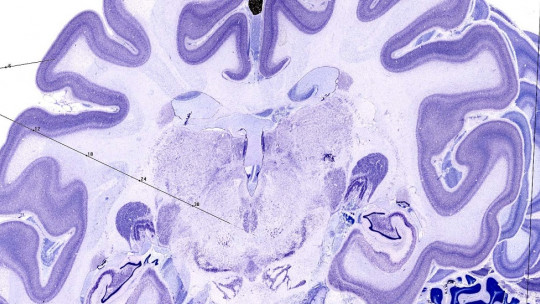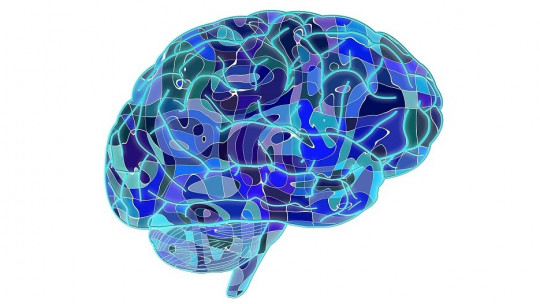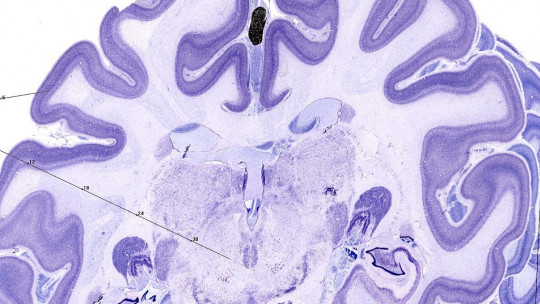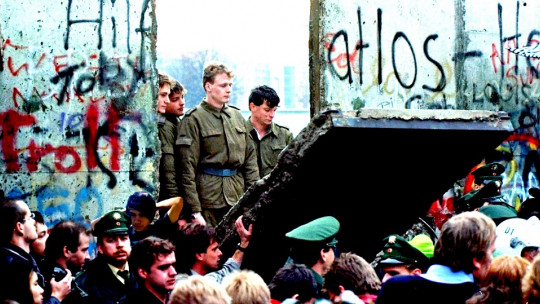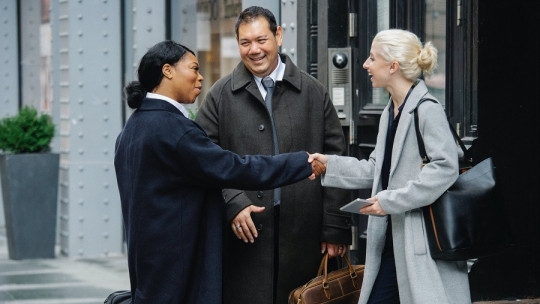
Declarative memory, also often called explicit memory, is one of the two fundamental types of long-term memory in people (the other being procedural/implicit memory). This memory allows us to consciously evoke memories, these being specific events or facts. Within declarative memory we can find, among others, recognition memory.
In this article we will explain what a memory phenomenon of recognition memory consists of and what is its usefulness in people’s daily lives, being a fundamental element at a cognitive level.
What is recognition memory?
Recognition memory is that type of memory that allows people to be aware that a particular stimulus present in front of them had been encountered some time ago In other words, this type of memory is the ability that people have to identify a specific stimulus, person, object or situation as something that has already been experienced, seen or known before; Recognition memory being a subtype within the global set that makes up people’s declarative memory.
Declarative memory, as we had previously mentioned, is that type of memory that allows us to consciously evoke memories, these being specific events or facts. Therefore, Declarative memory is what allows us to access knowledge of everything that can be declared as data, concepts, facts, events ; In other words, it makes it possible for us to access all that information that can be remembered and declared consciously.
Recognition memory can be processed in two ways, either through memory/identification (I met that person last week at an event) or familiarity (for example, your face looks familiar) of a given stimulus or situation. In the first case, the identification of that person has required a conscious elaboration process to be able to recognize it as it involves an indirect identification path, while in the second case of direct identification in which no conscious processing has been needed.
In both cases (recognition memory due to memory or familiarity), a related stimulus must be present that favors the activation of the memory. Once some stimulus has managed to trigger the memory through recognition memory, such a memory can be located at any point along a continuum in memory, so that more related memories can emerge starting from an uncertain sensation of correctly remembering what that stimulus or situation experienced sounds like to being able to remember an experience from the past in great detail.
Some of the aspects that make recognition memory a fundamental cognitive tool, which facilitates people’s daily lives in many ways, is because it allows certain memories that have been stored in the memory to be recovered and used at will. long-term memory, so that thanks to some stimulus, recognition memory allows people to recover memories that were “buried” in their memory and at the same time examine parts of that recovered information.
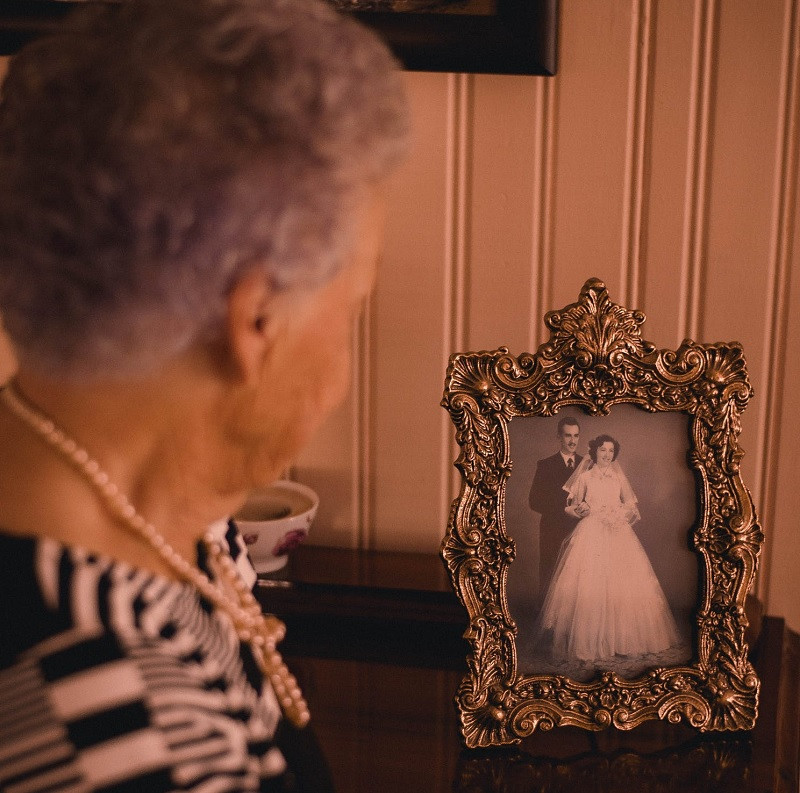
What mainly differentiates the information that can be recovered thanks to recognition memory from other types of long-term memory is that ability to retrieve and examine memories and related information as the person needs it ; while other long-term memory memories, such as knowing how to ride a bicycle, are not recovered in the same way, and even if we have not ridden a bicycle for years, if we now ride one we would not have difficulties pedaling without needing to Think about the mechanics of how it should be done.
Examples from everyday life in which recognition memory intervenes
Recognition memory intervenes in numerous situations in our daily lives, such as those cases in which we meet someone on the street and feel the strange experience of being almost completely certain that we know that person; However, we are not able to remember who he is, when we met, much less what his name is.
Sometimes, Maybe in a matter of seconds or maybe even longer, what situation we had found ourselves in in the past comes to mind or we even remember their name thanks to a stimulus or related memory that evokes that moment in which we met that person, being in these cases in which recognition memory has correctly played its role in favoring the evocation of a memory.
Another quite similar experience in which recognition memory intervenes is when we are taking a multiple choice exam, where we have to choose the correct answer among several alternatives for each question, and we opt for a specific option because we are quite certain. in that its content is the one that most closely matches what is being asked, although we do not remember where in the syllabus we have studied this was stated; However, in this situation we do not need a memory that includes elements of related previous experiences.
When answering a multiple choice exam, Students could answer the questions correctly based on their familiarity with what they have read That is why recognition memory is a very important tool for students who must take a multiple choice exam, as usually happens in many exams that are carried out at the university stage, when taking the theoretical exam to obtain the driving license. driving or even in various competitions (e.g., entrance exams to health specialist training such as the PIR, MIR, FIR, etc.).
Theoretical models of double process on recognition memory
There are a series of theoretical models of double process that have been used to investigate the functioning of recognition memory, so it is convenient that we explain the most important ones below.
1. The neuroanatomical model
Aggleton and Brown’s neuroanatomical model of recognition memory postulates that the brain region of the hippocampus is essential for memory, just as the structures close to the hippocampus are essential for familiarity This would explain why patients who suffer specific damage to the hippocampus present a selective memory deficit; Likewise, patients who have more extensive damage, with the parahippocampal gyrus being affected, present difficulties with both remembering and familiarity.
On the other hand, many neuroanatomical models have associated recognition memory with the circuit that connects the hippocampus with the anterior thalamus through the fornix, so that the memory process is facilitated; while the circuit that connects the medial thalamus with the perirhinal cortex (an area adjacent to the hippocampus) facilitates the familiarity process. Besides, those brain projections that start from the thalamus towards the frontal lobe cause this part of the brain to participate in both processes of recognition memory (memory and familiarity).
2. The Atkinson model
The model of Atkinson and his collaborators is another of the theoretical models that explain the processes involved in the recognition memory of human beings. These researchers in the 70s proposed a conditional search model in which The evaluated individuals had to answer the item quickly, based on familiarity as long as this process did not produce an ambiguous response, which would lead to them having to engage in a more extensive search strategy.
This model conceives the process of familiarity in memory as an activation of nodes in a lexical store, so that each of the nodes would represent a specific object or word
So when the person accesses a nodule, activation is promoted, gradually decreasing as time passes. Therefore, when a recognition memory test is carried out, those nodes that correspond to the items previously studied tend to be, on average, more activated than those that correspond to the items that had not been studied and that is why measuring The activation of the nodes allows us to discriminate between two different types of items.
According to this theoretical model of recognition memory, The memory process supports semantic information, while the familiarity process provides memory for perceptual information
3. The Mandler model
The model of Mandler and his collaborators maintains that in recognition memory An average decision could be based on both the memory search process and the assessment of item familiarity
Therefore, when an event is studied, there is an increase in familiarity or activation, this being the intra-item integration of the perceptual factors of the item studied. Likewise, memory supports the search process that supports the recognition and recovery processes, thanks to which intra-item information can be recovered (information that allows an event to be related to its context or also to other events); On the other hand, familiarity supports the decisions made through recognition memory.
For these authors, familiarity and memory are two independent processes that operate in parallel, familiarity being a faster process than memory. Furthermore, it is a model that postulates that there is an association between poor performance in memory tasks and suffering from lesions in the medial temporal lobe.

